

MRK QUick Kit

Advocate - Educate - engage

Matanzas Riverkeeper environmental education kits are
supported by a grant from the
Did you know?
- Every day, 2 million tons of sewage, industrial, and agricultural waste are discharged into the world’s waters.
- Florida's freshwater demands are expected to increase by 20% over the next 20 years. By 2035, Floridians will be using 1.4 billion gallons of freshwater daily.
- Florida ranks the highest in the U.S. for most acres of lakes too polluted for swimming or maintaining healthy aquatic life.
- Signs of degraded spring water quality serve as warnings for regional groundwater quality.
Photos in identical locations. Credit: John Moran
- Pharmaceutical drugs are often found in Florida's waterways, potentially ending up in the food we eat. A FL bonefish was recently found with 17 drugs in its system.
- Nutrient pollution has caused algae blooms and seagrass losses in the Indian River Lagoon leading to starvation of manatees. More than 1,100 manatees died in FL in 2021.

Contents
our waters: The good, the bad, and the ugly
Overview of FL waters, types of water pollution, and ecological impacts.
*it flows downstream
Neighborhood scavenger hunt, and creative ideas to help you make a positive impact on our waterways.
Step up, Speak Out
Contact state and local lawmakers to PROTECT WHAT YOU LOVE.
Contacts and Resources
State and local contacts, resource library
The Matanzas Riverkeeper
Overview of the Matanzas Riverkeeper mission and team contacts.
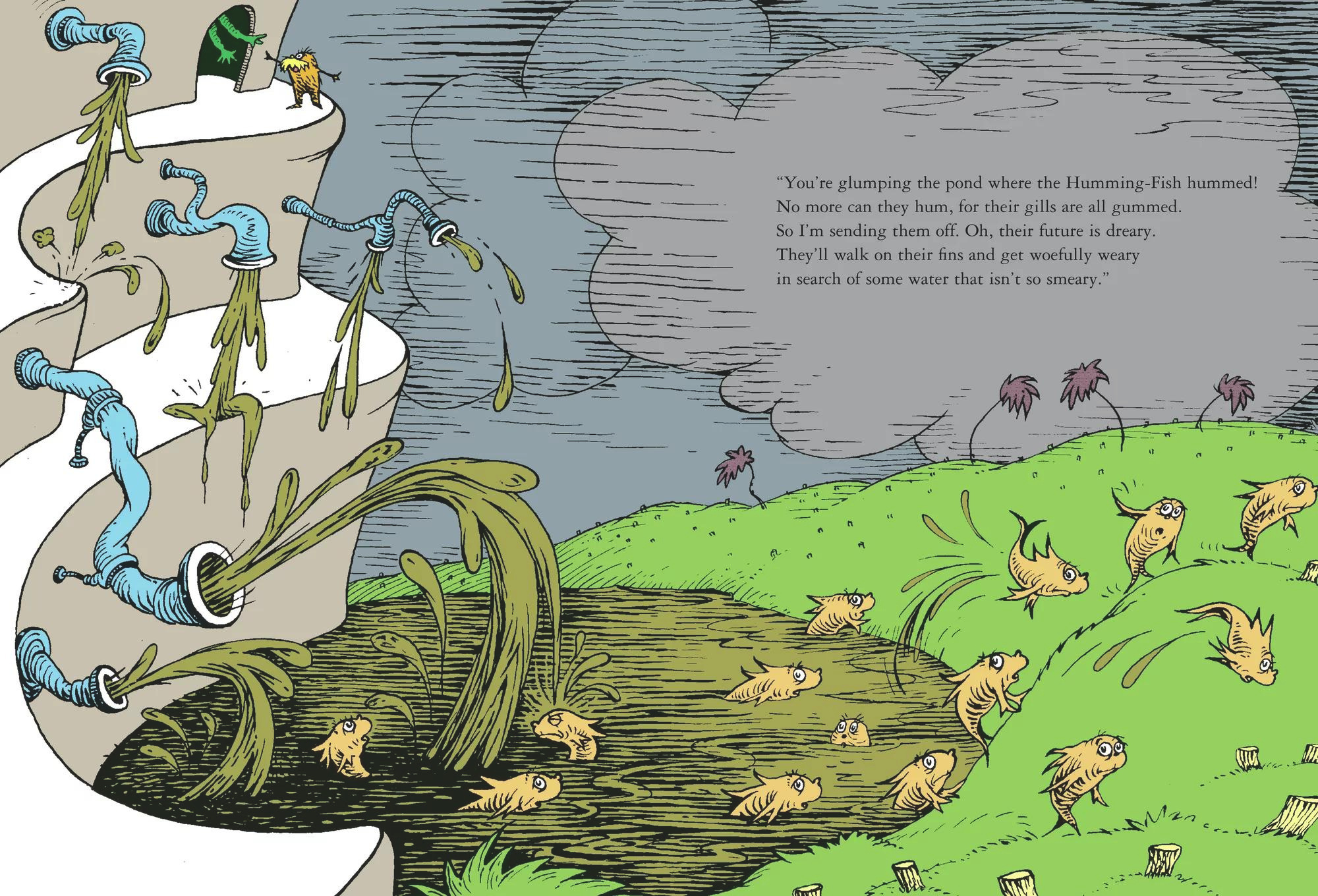

The Matanzas River, stretching 23 miles in length, provides an unique environment filled with ecological and cultural treasures, along with great recreational opportunities. We are lucky to live here!
The Matanzas River starts at the Saint Augustine Inlet where it is joined by the Tolomato and Guana rivers. It ends approximately 6.5 miles south of the Matanzas Inlet, where it joins the Halifax River in Flagler County, near Gamble Rogers State Park.
*WEIRD FACT
The Matanzas River is not actually a river but a tidally-influenced estuary where the river meets the sea at both the Matanzas Inlet and Saint Augustine Inlet.
ESTUARY

A partially enclosed, coastal water body where freshwater from rivers and streams mixes with salt water from the ocean.

Matanzas watershed
The Matanzas Watershed (or basin) encompasses more than 100,000 acres in both Flagler and St. Johns counties. This watershed is considered "one of the most valued and threatened areas along the Atlantic coast of Florida." However, our amazing resources are under threat from rapid growth and development - and it's up to us to protect them.


WATERSHED
Noun. The entire geographical area drained by a river and its tributaries; an area characterized by all runoff being conveyed to the same outlet.
Synonyms: catchment, drainage basin, special basin

Watch this short video to learn about watersheds. And no, a watershed is not a "shed full of water."

Florida's Waters
As a general rule, you can last 3 days without water. That's it. Then you're out. It's a vital resource for every living plant and animal on our planet. Water is everywhere but most of us take it for granted.
Approximately 71% of our planet is covered in water but here's the kicker:
- 97% is contained in oceans and too salty to drink
- 3% is freshwater - but 2/3 of this is locked up in glaciers
- 1% is drinkable
Every drop of water on the planet has been on Earth since it was created, caught in an endless movement between the earth and atmosphere.
Here's a little refresher on the Water Cycle:
In this continuous cycle, also called the Hydrologic Cycle, water is constantly moving on, above, and below the Earth's surface. Water transforms between liquid, vapor, and ice. It changes from water vapor in the atmosphere to liquid water through condensation and precipitation. It then transforms back to water vapor through evaporation, transpiration, and respiration.
Rain falls to the Earth and will either 1) flow as surface runoff to a nearby water source (lake, river, ocean) or 2) seep into the Earth's surface as groundwater.
Floridan Aquifer System
Aquifers are natural underground storage units that provide the water we use for drinking, agriculture, and industy. When it rains, groundwater seeps downward through the Earth's surface where it may be stored within porous rock layers that are overlain by nonporous materials. In Florida, water flows through limestone rocks that is trapped and confined by overlying nonporous clays.
Much of the southeastern US is underlain by the Floridan Aquifer System (FAS). Covering approximately 100,000 square miles, the FAS is one of the most productive aquifers in the world. It supplies water to almost 10 million people, in addition to industial and agricultural applications. More than 90% of FL drinking water is withdrawn from this system.
As water is pumped from the aquifer, it is filled back up, or recharged, from precipitation. However, the amount of recharge may not meet our rising demands. Population growth, drought, and climate change impact the amount and quality of water available. Large portions of FL (including St Johns county) are considered "water resource caution areas" that have critical water supply problems or are projected to have future critical water supply problems within the next 20 years (IFAS).
Check out these articles to learn more:
- The Floridan aquifer: Why one of our rainiest states is worried about water
- Florida's Water Resources
- Water Withdrawals and their Use in FLorida in 2010
- How can US adapt to threat of water shortages?
Florida Springs
Hopefully, you've had an chance to swim and explore Florida's amazing freshwater springs. FL has more than 1000 springs that are fed by the Floridan Aquifer. This is the highest concentration of springs in the world! Florida has 33 huge "first magnitude" springs that discharge more than 64.6 million gallons of water per day. Wowza!
Our springs are fed by freshwater from the FAS that is maintained at a constant temperature. These conditions provide vital ecological habitat for a diverse number of plants and animals including manatees, alligator, otters, gar, and turtles - not to mention great recreational opportunities for us!
PHOTO: John Moran
Because springs are the direct discharge from an aquifer, they are an important indicator of aquifer health. Sadly, it's not looking pretty. Excessive nitrates in our groundwater from wastewater, livestock, and fertilizers are making FL spring waters unsafe for swimming and recreation. Nutrient levels are rising, and aquatic wildlife is suffering.
In addition, we are pumping excessive amounts of spring water from the Floridan aquifer for industrial, agriculture, and residential uses. Recently, the Nestle Waters North America renewed their permit (for only $115!!!!) to withdrawal nearly 1 million gallons of water PER DAY from Ginnie Springs. A decrease in water quantity has a negative impact on water quality, and in some cases may cause a spring to dry up.
Currently, many groups and organizations are advocating for environmental regulations to help save the springs - both water quantity and water quality. Learn more about springs and how you can help protect them HERE!
what defines water quality?
Let's take a quick look at the factors that help us define water quality. When water quality declines - it's generally due to an imbalance of one or more of the following parameters:
*Make sure to check out the great, short videos from our sister organization, the St Johns Riverkeeper!
*CLICK HERE for a NOAA Cheat Sheet!
Salinity
Salinity is the measure of the concentration of dissolved salts in water. Salts may include sodium, choride, magnesium sulfate, and potassium. Salinity influences the species of plants and animals that can inhabit an aquatic area, and has a direct impact on other water quality parameters including temperature and dissolved oxygen.
Turbidity
Turbidity describes water clarity. Water becomes more "turbid" with increased suspended solids, algae, and microorganisms. Erosion and runoff can introduce high levels of sediment, nutrients, and pollutants into a waterway causing 1) higher temperatures and a decrease in dissolved oxygen, 2) a decrease of light available to aquatic plants needed for photosynthesis, and 3) high levels of siltation that choke plants and wilflife. Plus, it can be really ugly!
Dissolved Oxygen (DO)
Aquatic species need oxygen dissolved in water for survival. In periods of low oxygen (hypoxia) or no oxygen (anoxia) conditions, species will move locations, suffer, or even die. Multiple factors including temperature, nutrient loading, and salinity have a direct relationship with the amount of DO available within a system.
pH (Potential of Hydrogen (who knew?!))
The pH scale measures hydrogen ions in an aqueous solution. PH ranges from 0-14, with pure water being a neutral 7 pH. The smaller the pH, the more acidic the solution. The higher the pH, the more basic. PH is one of the most limiting factors of species distribution within aquatic environments. Decreased reproduction and growth, disease, and even death may occur when pH falls outside normal limits for many aquatic species.
Temperature
Temperature affects the physical, biological, and chemical properties of water. It is directly related to dissolved oxygen, photosynthesis, and metabolism. Temperature also affects how sensitive organisms are to pollution, parasites, and disease. It is an important factor in determining what species can inhabit a waterbody.
Manatees swimming in warm water outflow at Tampa Electric in Apollo Beach, FL.
SOURCE: AtlasObsura.com
Nutrients
Nutrients are important for a balanced aquatic environment. However, it is possible to have too much of a good thing.
Human-induced nutrient loading, especially of nitrates and phosphates, can lead to eutrophication. Eutrophication is created when excessive nutrients rapidly feed plant life, depleting the waters of available oxygen that other species need for survival.

Eutrophication

Noun. excessive richness of nutrients in a lake or other body of water, frequently due to runoff from the land, which causes a dense growth of plant life and death of animal life from lack of oxygen.

Algal Bloom

Noun. a rapid growth of microscopic algae or cyanobacteria in water, often resulting in a colored scum on the surface.
With the perfect mix of nutrients, salinity, and temperature, algae grows out of control and creates Harmful Algal Blooms (HABs). Often, cyanobacteria (blue-green algae) blooms in freshwater, whereas, red-tide (a dinoflagellate called K. brevin) occurs in marine environments. Both blue-green algae and red tide produce toxins, discolored water, and/or low-oxygen conditions that cause huge die-offs of aquatic life and have been shown to impair human health. In addition, algal blooms severely hurt Florida's economy. Who wants to swim in brown water surrounded by dead fish?
more PEOPLE = more POLLUTION
The population of St. Johns County increased by an astounding 43% between 2010 and 2020. Building permits continue to rise with an all-time high of 820 permits granted for single-family homes in one month (June 2020).
The rapid population growth in our area is a double-edged sword. It can create economic opportunities and increase tax revenue to support our infrastructure. However, it can also cause a lot of problems – especially when it comes to water quality. It's the water quality - and supported ecological, cultural, and recreational resources - that make the Matanzas Watershed so special.


Point vs Nonpoint sources
Pollution comes in many shapes, sizes, and colors. It can hide and sneak up on you, or smack you right in the face.
Pollution that originates from a single, identifiable location (sewage pipe, industrial plant, etc.) is called a "point source" pollutant. Yes, it's a point source if you can point at it! Common pollutants from point-sources include high temperature discharges, microorganisms (bacteria, giardia), and nutrients (nitrogen, phosphorous). Because they come from a specific location, these sources are easier to regulate.
Photograph: Octavio Jones/Reuters
Point Source
Non-Point Source
Types of Water Pollution
There are many different types of pollution that come from many sources that impact our waterways. Human-induced contaminants from stormwater runoff, wastewater, and marine debris are degrading our recreational playground and harming our incredible wildlife. It's up to us to protect what we love.
Wastewater
Wastewater is any used water from domestic, commercial, or industrial sources. This dirty water includes soaps, heavy metals, chemicals, nutrients, and human waste from both sewer and septic systems. It is estimated that 80% of wastewater that enters our rivers and oceans is untreated - including raw sewage! Wastewater may contain pathogens - such as E. coli and enterococci found in feces - that directly impact the health of plants, animals, and humans. The Environmental Protection Agency estimates that more than 3.5 million people get sick from sewage-laden coastal water each year.
Many of our wastewater treatment facilities are outdated and need expensive upgrades. They often fail during storm events, such as Hurricane Ian, and release massive amounts of sewage into waterways.
Remember the 3 Ps - Pee, Poop, and Paper!
How we can help
Watch what you flush! Flushable wipes, tampons, condoms, diapers, old prescription drugs, cat litter, and all kinds of yuck can clog household and municiple sewage systems. These clogs often cause sewage backups in your home and neighborhood, which can eventually affect our waterways. GROSS.
Most flushable wipes are in fact NOT flushable - and they're the biggest culprit of sewage clogs. If they're mixed with oils, grease, and other non-flushables, a FATBURG will form. Fatburgs are expensive to get rid of - not to mention repulsive!

FATBURG

Noun. a very large mass of solid waste in a sewage system, consisting especially of congealed fat and personal hygiene products that have been flushed down toilets.
Again - Remember the 3 Ps!
If it’s not PEE, POOP, or PAPER, throw it in the trash.
Stormwater Runoff
Stormwater runoff occurs when rainwater and storm events transport chemicals, pesticides, car oil, sediment, pet poop, fertilizers, and trash into natural waterways. Contaminated runoff can make drinking water unsafe, create problems with swimming and fishing, and cause serious harm to aquatic wildlife.
Because runoff comes from multiple non-point sources, it is often difficult and expensive to regulate. It's going to take a lot of buy-in from industry, communities, and YOU to make a change. Click HERE to learn how you make a difference!

Sediment deposit and stormwater runoff plumes due to major river discharges in the wake of Hurricane Ian along southwest Florida. Satellite photo taken by the European Space Agency’s Copernicus Sentinel-2 satellite Friday, September 30, 2022. (Sentinel Hub)
Be the Solution to Water Pollution!

Did You Know?
Polluted stormwater runoff is now the greatest threat to our rivers, oceans and drinking water sources. This pollution doesn't come from factories or sewage plants, but from the things that you do everyday!
When it rains, fertilizers, pesticides, motor oil, dog manure and other pollutants wash off lawns, roads and rooftops into storm drains and flow untreated into nearby waterways — causing fish kills, beach closures, and drinking water advisories.

Things you can do to protect your favorite beach and other waters:
Dispose of used oil, paints and other household chemicals properly—not in storm sewers or drains
Scoop the Poop
Apply Florida-Friendly Landscaping™ principles to your landscape
Select native plants that require less water, fertilizer, and pesticides
Properly maintain septic systems
Participate in cleanups
Get Involved!

Marine Debris
Marine debris is another factor that degrades water quality and threatens wildlife. Marine debris includes fishing gear, derelict vessels, metals, rubber, and any other lost or discarded items that enter the marine environment. Of major concern are consumer plastics, including microplastics, that make their way up the food chain to humans. Yes - we all have microplastics in our bodies! Gross.
According to the National Oceanic and Atmospheric Administration (NOAA), marine debris is one of the biggest problems facing the world's ocean and waterways today. To learn more about this problem, check out the Let's Talk Trash MRK Quick Kit HERE.


ACT
"
"Many of us ask what can I, as one person, do, but history shows us that everything good and bad starts because somebody does something or does not do something."
- Sylvia Earle
Have you thought about where your poo goes after you flush? Or what happens to the nasty smelling stormwater flooding your yard after a hurricane? What about those weird, fenced ponds you're not allowed to fish?
Now it's time to get outside and explore your neighborhood to answer these fascinating questions, and so much more!
IMPORTANT: Take at least 3 pictures of your project for the Entry Ticket to qualify for the prize raffle!
Select one (or both) of the following activities:
MRK Water Resources Scavenger Hunt
1. Download the Goosechase iOS or Android app.
2. Log in. New to Goosechase? Sign up for an account or play as a guest.
3. Enter code QEK34V. Once you find our experience, click Let's Go!
4. Create your player profile.
5. Lastly, set yourself apart with a name and optional photo, and click Save. Make sure to remember your player name for the Entry Ticket!


Even MORE Water Quality Project Ideas!
Think outside the box and do a unique water quality improvement project based on your interests. Get creative! Make a difference in your own way. Utilize technology, art, writing, music, or whatever floats your boat. Do something you love to protect what you love!
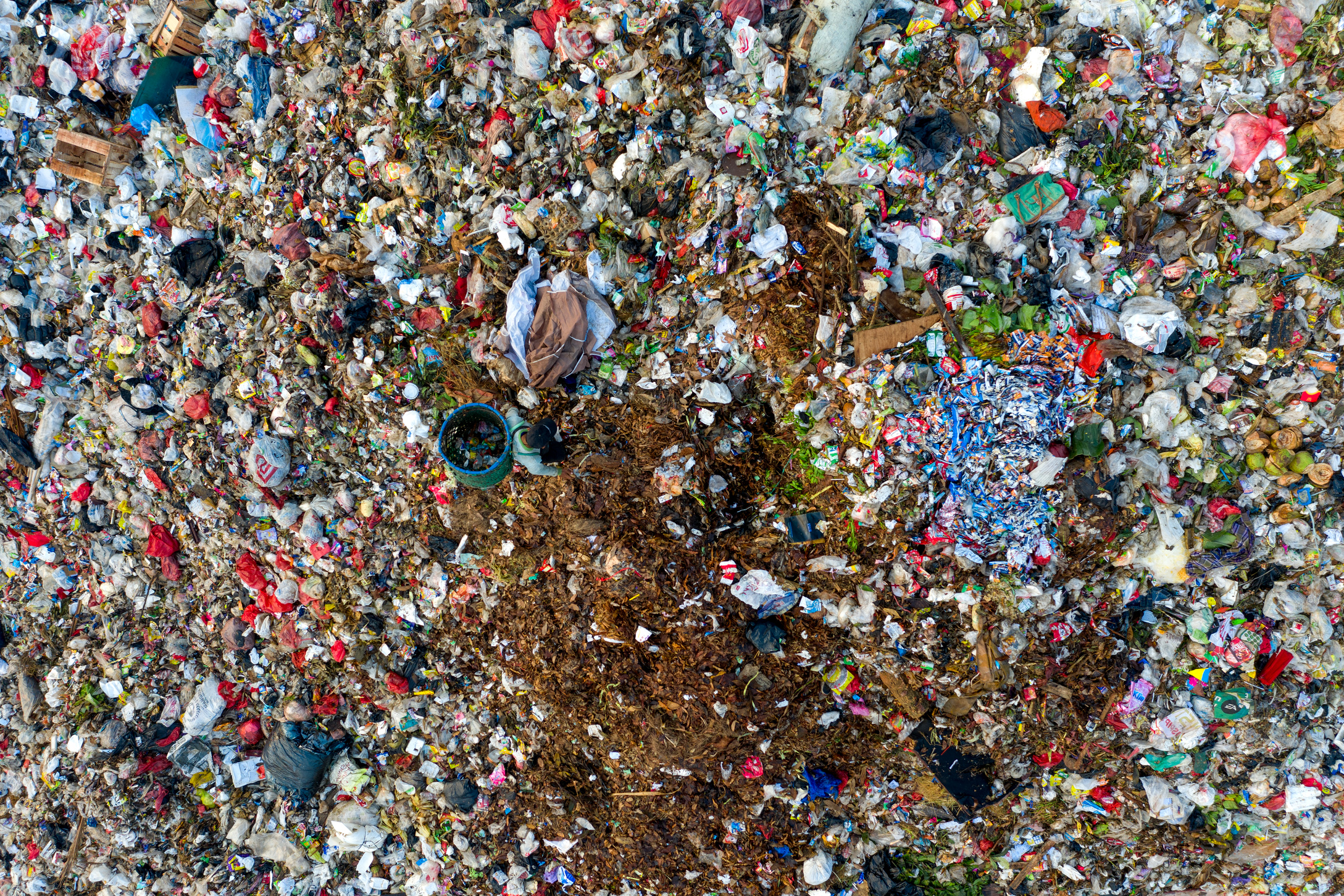

advocate

Verb. To publicly recommend or support.
Synonyms: champion, stand up for
ADVOCATE

Never doubt that a small group of thoughtful, committed citizens can change the world; indeed, it is the only thing that ever has.
"
— Margaret Mead
"
Advocate
Step Up, Speak out
Now that you've learned about threats and issues to water quality in FL, it's time to advocate for positive change.
Did you know...?
Every day, millions of gallons of water are sucked out of Florida's springs to be put in plastic bottles and sold in grocery stores and gas stations across the nation. In addition to creating unnecessary plastic pollution, continuous water withdrawals for bottled water reduces the flow in Florida's springs, causing declines in water quality.
Despite the fact that bottled water manufactures make millions of dollars every year selling bottled water, they do not have to pay the state for the water that they are using. They only have to pay a small, one-time application fee for a permit to remove millions of gallons per day from our aquifers and springs.
For many years water quality advocates have urged decision-makers to make bottled water manufacturers pay for the water that are using. This money could be used for spring restoration and clean up projects to offset the harm done by taking water from our natural areas.

SOURCE: WCJB.com
Click HERE to watch the video and read a short article.
continue to Take Action
Write a quick email to Governor Desantis at GovernorRon.Desantis@eog.myflorida.com or call his office directly at (850) 717-9337. Tell him that bottled water manufacturers should pay for the water they are sucking out of our aquifer.
Here is a sample email/ script to get you started. Feel free to copy and paste this into your email, but be sure to modify it to make it unique. You can add information about what you've learned about water quality and/or what you love about Florida waterways.
Dear _____,
My name is ___ and I live in ____. I am very concerned about bottled water companies draining our aquifer and springs while paying next to nothing to offset the harm that they are causing.
In addition to creating unnecessary plastic waste, bottled water manufacturers pay only a one-time, small permit application fee in order to withdraw millions of gallons of water from our overburdened springs. These companies should have to pay their fair share by paying a set amount per gallon of water to the state in order to offset the cost of the damage they are causing.
Sincerely,
____________

A picture is worth 1000 words, so don't forget to include them.
The Fight Against Nestle

SOURCE: Florida Springs Council
CLICK HERE to learn more about the The Florida Springs Council lawsuit to stop the water use permit to pump nearly 1 million gallons of water per day from the springs to sell to Nestle/BlueTriton for bottling
Want to take your advocacy to the next level? Share your thoughts and efforts with other elected officials or media outlets to bring more attention to the issue.
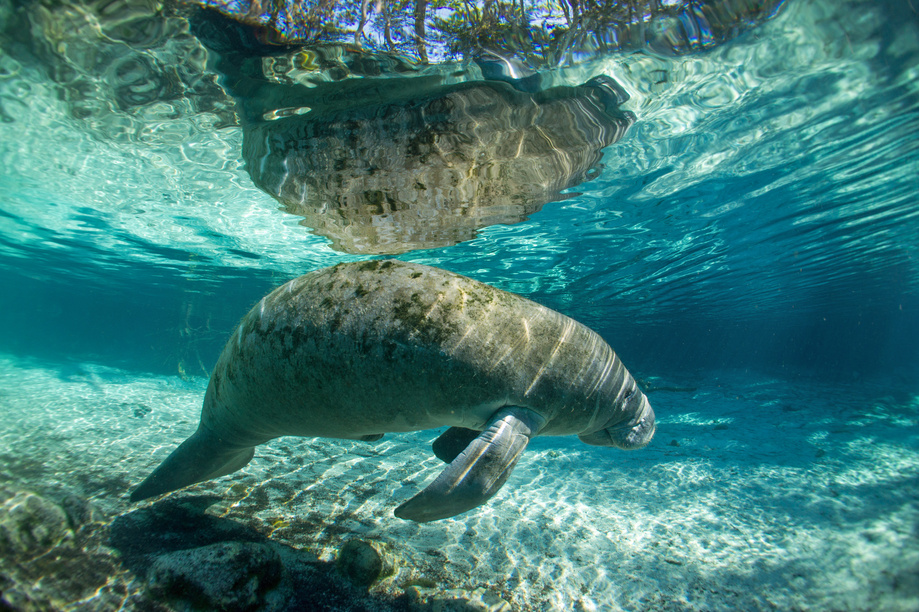
local commissioners
St Augustine city Commissioners
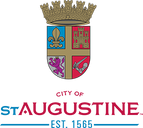
Website: www.citystaug.com/582/City-Commission
Phone: 904-825-1006
Email: cosa@citystaug.com
Twitter: @CityStAug
St Augustine Beach Commissioners
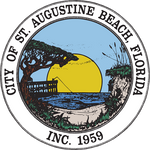
Website: www.staugbch.com/citycommission
Phone: 904-471-2122
Email: Mayor, Don Samora, comdsamora@cityofsab.org
St johns county commissioners
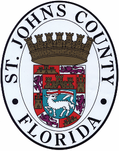
Website: www.sjcfl.us/Commissioners/index.aspx
Phone: 904-209-0300
Find your district: http://www.sjcfl.us/MySJCFL/index.aspx
Twitter: @StJohnsCounty
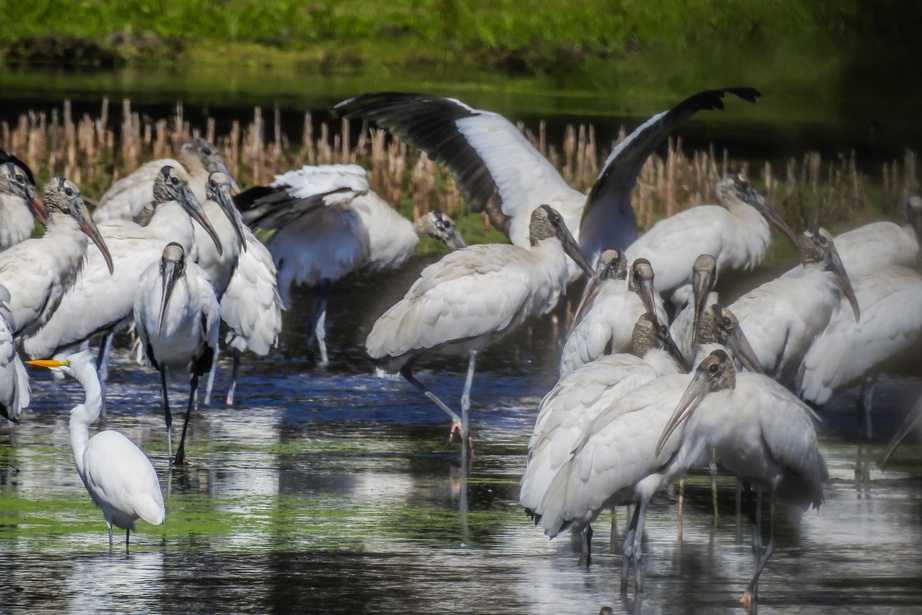
Part
Fl state leaders
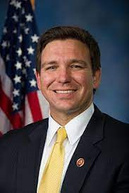
Governor - Ron Desantis (r)

US senator - marco rubio
Email: rubio.senate.gov/public/index.cfm/contact
Phone: 202-224-3041
Website: www.rubio.senate.gov
Instagram: @ senatormarcorubio

Us senator - rick scott
Phone: 904-479-7227
Website: https://www.rickscott.senate.gov/contact/share-your-opinion
Twitter @ScottforFlorida
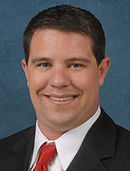
Fl state senator, district 7
travis hutson
FL house of representatives
Find your US Representatives here!
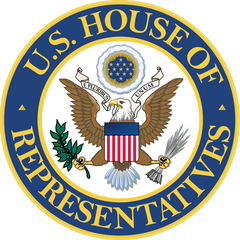
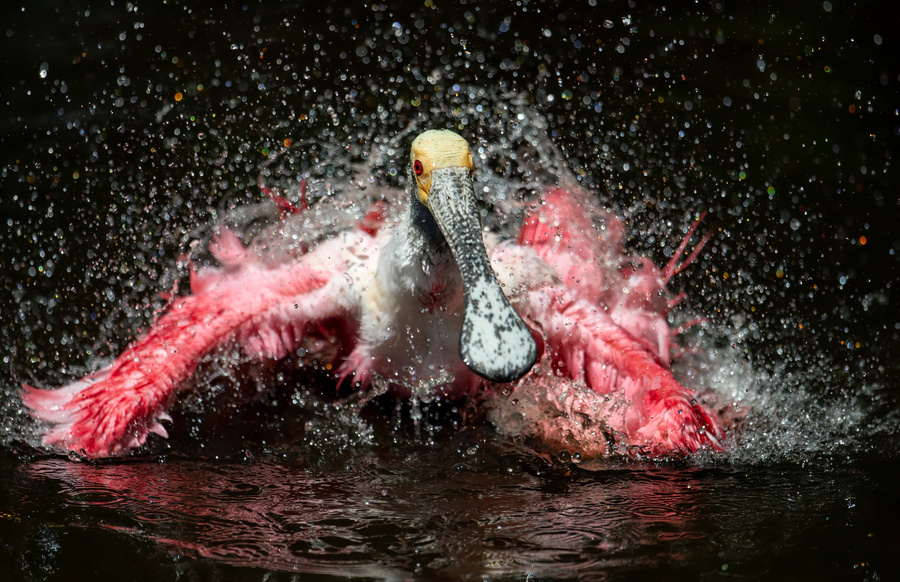
Local Media contacts
TV Stations

first coast news
Contact
Main Phone: 904-354-1212
Community Affairs: (904) 633-8849
Twitter: @FCN2go

action news Jax
Contact
Main Phone: 904-564-1599
Events/Community Page: events@ActionNewsJax.com
Twitter: @ActionNewsJax
Newspapers

Saint augustine record
Contact
Main Phone: 904-819-3430
Sheldon Gardner, Reporter
Email: sgardner@staugustine.com

ponte vedra recorder
Radio Stations

102.1 WFOY
SJC News, sports, and Talk
Contact
Phone: 904-797-1955
Beach 105.5
Flagler Broadcasting
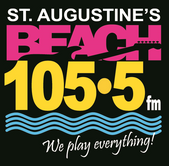
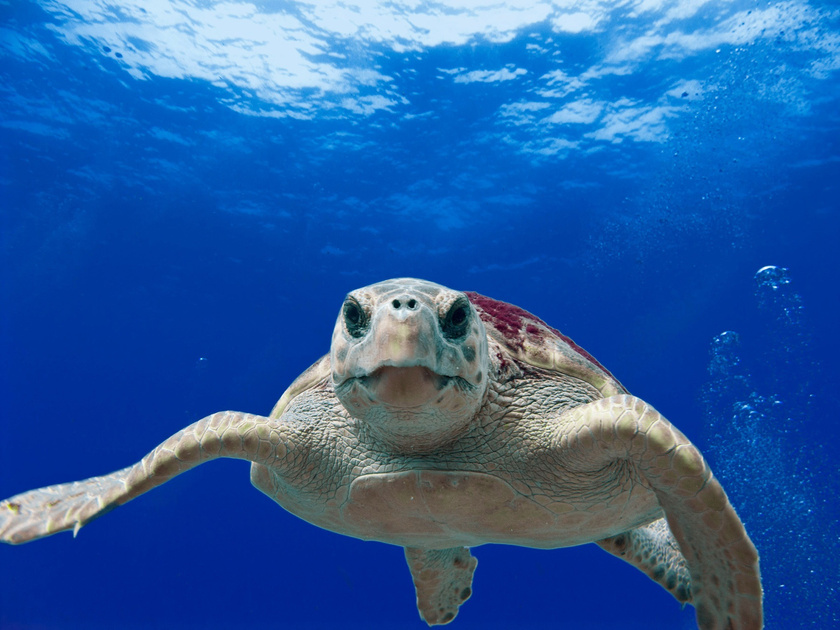
Resource Library
USGS Water Science School
The US Geologic Survey is the largest water, earth, and biological science and civilian mapping agency in the US. The Water Science School provides excellent water quality resources for both students and teachers.
Florida Springs institute
The Howard T. Odum Florida Springs Institute documents Florida’s springs and educates the public about the threats that face them.
St. Johns Riverkeeper
As part of the Waterkeeper Alliance, the mission of the St. Johns Riverkeeper is to defend and advocate for the St. Johns River. They are a sister organization of the Matanzas Riverkeeper and we love them! Check out their great work.
Uf/IFAS
The UF Institute of Food and Agricultural Sciences (IFAS) provides great resources about Florida's waters including drinking water, law and policy, watersheds, and conservation - just to name a few!
St. Johns River Water management district
The mission of the SJRMD is “to protect our natural resources and support Florida’s growth by ensuring the sustainable use of Florida’s water for the benefit of the people of the District and the state.”
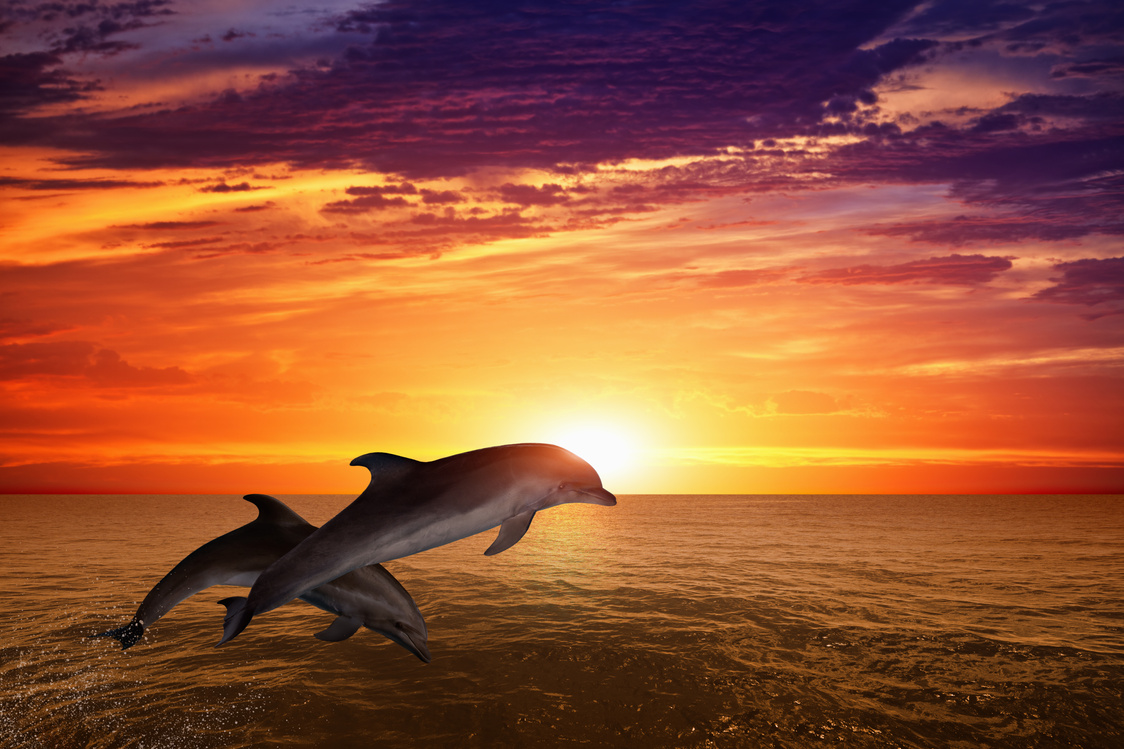
Matanzas Riverkeeper
Matanzas Riverkeeper is a non-profit organization dedicated to protecting the health of the Guana, Tolomato, Matanzas watershed through advocacy, education, and community engagement. Our work includes everything from advocating for stronger water quality protections, to organizing waterway cleanups, to teaching children and adults how to be good stewards of our environment. Waterkeepers combine firsthand knowledge of their waterways with an unwavering commitment to the right to clean safe, water. For more information visit: www.MatanzasRiverkeeper.org.

Matanzas Riverkeeper,
jen Lomberk
Jen Lomberk is your Matanzas Riverkeeper. As a native Floridian, Jen has a lifelong personal connection with Florida’s natural areas and has dedicated her career to protecting them. Jen is a licensed attorney who has worked on a wide spectrum of environmental issues. She now serves as the Chair of the Waterkeepers Florida regional entity.
MRK Education Coordinator, Kim Hall
Kim is busy creating environmental education units to provide a fun and easy way for students and adults to advocate for the Matanzas watershed. She is currently working on the MRK Showcase competition for SJC students focused on positive impact and community service activities.
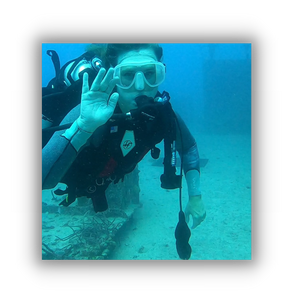
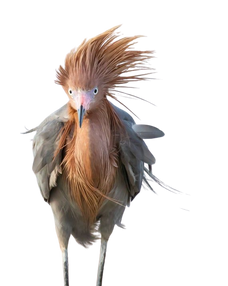
You did it!
GREAT JOB!
Woohoo!
Thanks for being a voice for the Matanzas!
Spread the word and keep up the good fight!
Sincerely,
The Matanzas Riverkeeper Crew
Advocate - Educate - engage
































